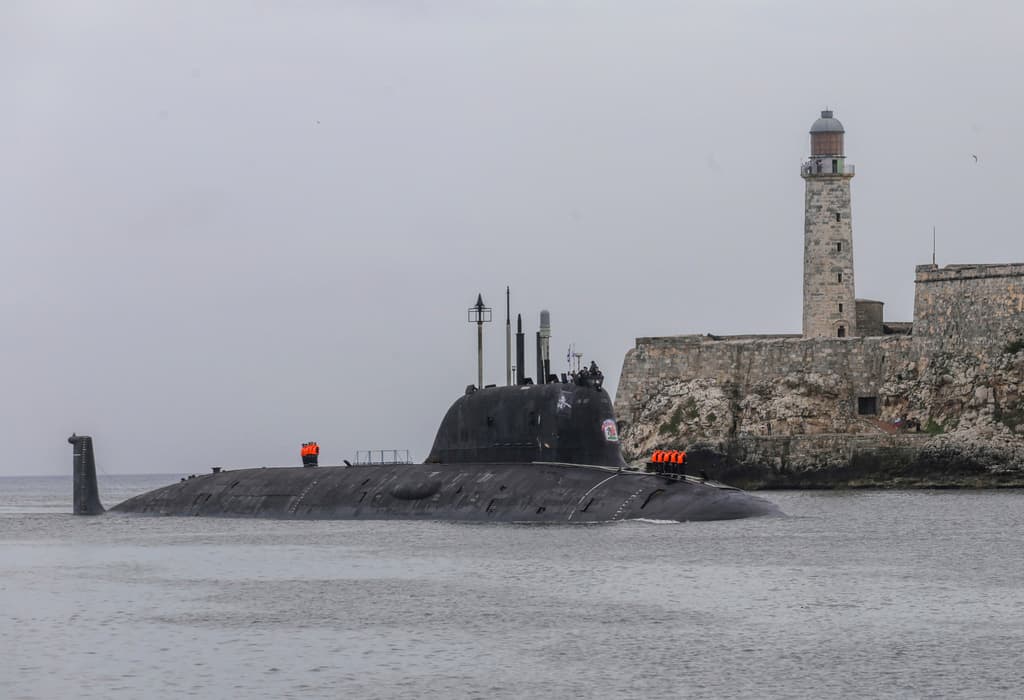Will the Biden Administration Respond as Russ Nuclear Submarine Chugs up the East Coast?
Military drills with the newest NATO member ‘would cause significant heartburn for Russia,’ one analyst tells the Sun.

What happened to the Russian warships? Their whereabouts are unknown, but Russia is keeping America in its sights. The Russian flotilla split up upon its departure from Cuba. While the warships went south on Monday, the nuclear-powered Russian submarine Kazan was sent north along the coast of Florida.
Please check your email.
A verification code has been sent to
Didn't get a code? Click to resend.
To continue reading, please select:
Enter your email to read for FREE
Get 1 FREE article
Join the Sun for a PENNY A DAY
$0.01/day for 60 days
Cancel anytime
100% ad free experience
Unlimited article and commenting access
Full annual dues ($120) billed after 60 days

